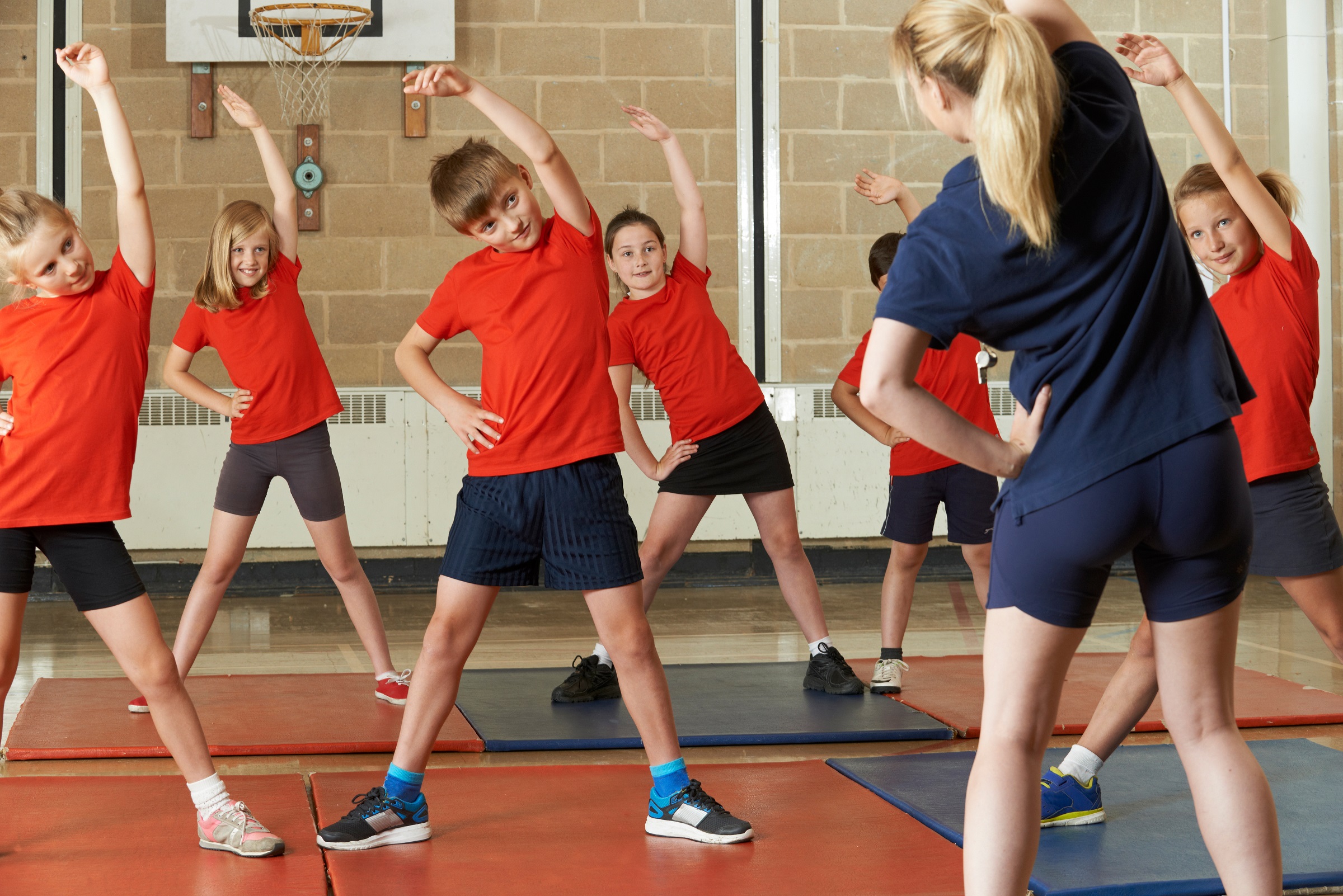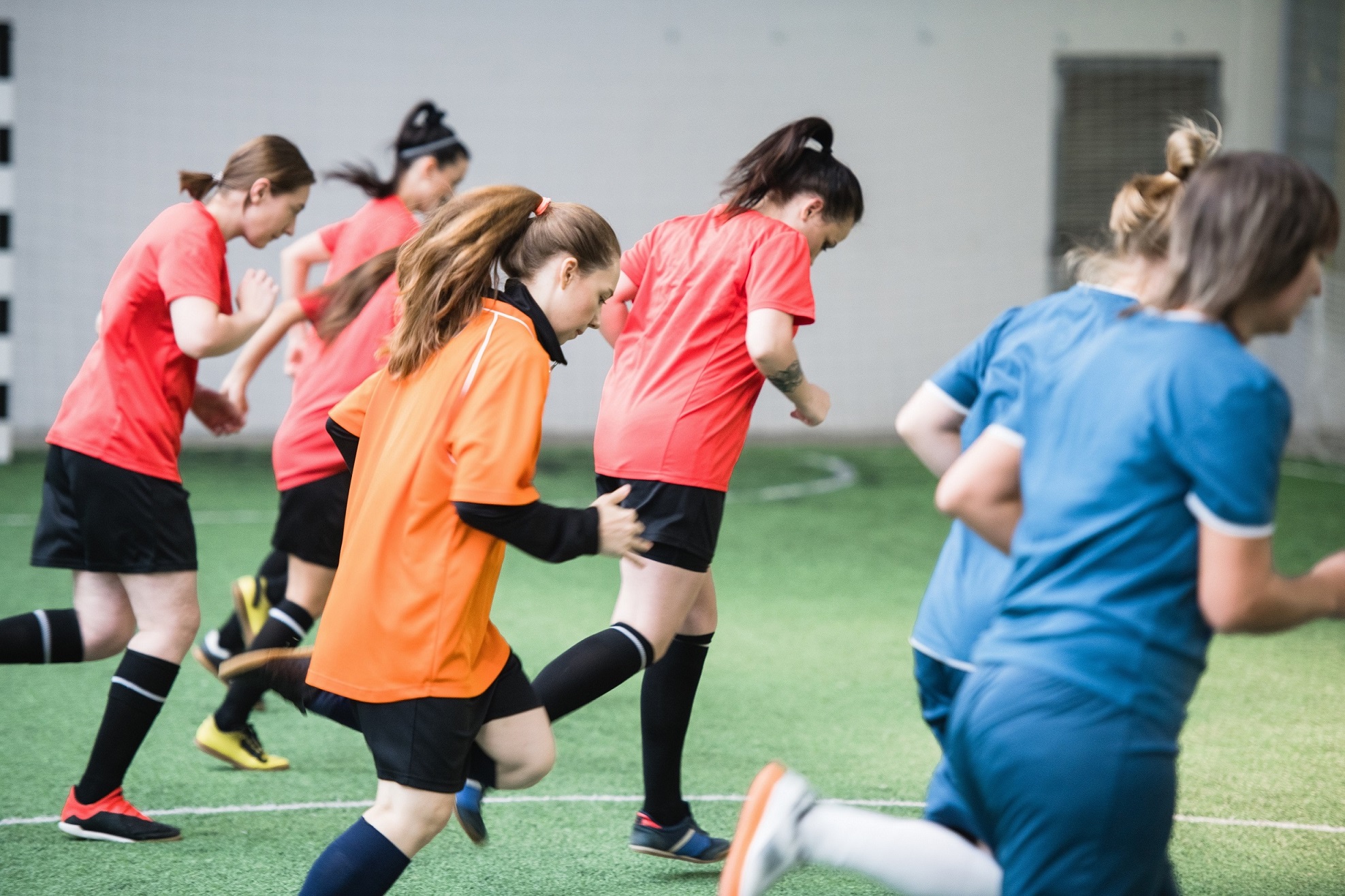Senior Associate Peter Smyth considers himself lucky to have taught physical education (PE) in several different countries and chaired PE departments that use both the U.K. National Curriculum and Shape America standards. He has been an Athletic Director (AD) in international schools as well as a districtwide AD for a school district in the U.S., while completing the National Interscholastic Athletic Administrators Association Certified Athletic Administrator (CAA) in the process. He certainly is in a position to compare approaches! Peter says,
I’ve enjoyed helping teachers—from vastly different backgrounds and curriculum experience—provide physical education in a variety of school settings. I’ve also helped develop after-school programs and sports programs that provide opportunity and experiences for students to succeed K-12.
 With regard to PE education, the U.K. and U.S. share pretty much the same philosophy and government requirements. There are some general similarities, be they the National Curriculum of the U.K. or the SHAPE/ Common Core Standards in the U.S. And while international schools—as private entities—don’t actually have to follow government guidelines, all of them do so. Students in Pre-K or Foundation stages are learning about their bodies while developing a wide range of skills, utilizing indoor and outdoor environments. At this early stage, students are developing their spatial awareness, coordination, and fine and gross motor skills that will enable them to develop their physical literacy. Primary and middle school programs continue to develop students’ competence in a broad range of physical activities, both as individual and team, while broadening their knowledge of how to live a full and healthy lifestyle.
With regard to PE education, the U.K. and U.S. share pretty much the same philosophy and government requirements. There are some general similarities, be they the National Curriculum of the U.K. or the SHAPE/ Common Core Standards in the U.S. And while international schools—as private entities—don’t actually have to follow government guidelines, all of them do so. Students in Pre-K or Foundation stages are learning about their bodies while developing a wide range of skills, utilizing indoor and outdoor environments. At this early stage, students are developing their spatial awareness, coordination, and fine and gross motor skills that will enable them to develop their physical literacy. Primary and middle school programs continue to develop students’ competence in a broad range of physical activities, both as individual and team, while broadening their knowledge of how to live a full and healthy lifestyle.
PE at the high school level is where we see the first real differences taking place—not so much among schools, countries, or systems as among individuals. For many students, PE becomes a choice depending on their personal preference, credits needed, or course of study, for example the IGCSE, BTEC, IB, or A-level. Generally, though, high school level PE reinforces knowledge previously acquired in middle school, with a deeper emphasis on physical and mental health.
 While there are differences between the U.K. and U.S. programs of study, Peter truly feels that at their core they have the same goals in common: to develop physically literate individuals with the knowledge and skills needed to lead healthy lifestyles long after they have finished their formal schooling.
While there are differences between the U.K. and U.S. programs of study, Peter truly feels that at their core they have the same goals in common: to develop physically literate individuals with the knowledge and skills needed to lead healthy lifestyles long after they have finished their formal schooling.
In the U.S., there exists a well-defined professional development program, through the National Federation of State High School Associations (NFHS), for all coaches, with mandatory yearly training required for those wishing to coach a sports team. In the U.S., it does not fall solely on the PE department to run a sports team. In fact, it would be impossible given the scope and size of some schools’ athletic programs.
Many factors come into play at an international school when it comes to the provision of an after-school sports program, including but not limited to a school’s financial commitment to a program, its facilities, its size, the host country sports culture, the budget for the numbers in a coaching staff, the availability of competitors, and access to leagues and/or other international school competitions. Suffice it to say that the size and direction of the program will be primarily directed by the school board and its commitment to provide sporting opportunities for students. In some schools, this may be at just the high school level in just a handful of sports while other schools might boast K-12 sports programs in numerous sports and activities. Former AD in Leipzig and current AD at Jakarta International School, Paul McTigue, says,
In all three schools I have worked at internationally, the PE teacher, obviously, is responsible for curriculum but also does a certain amount of coaching sports. Most PE teachers will get involved in the running of house-type activities and be the go-to for anything involving physical activity.
As overseas sports programs grow, however, the need to use external coaches increases. Marc Butler, AD at TASIS U.K. reports that in his faculty, a number of faculty members are able to commit to coaching sports activities for a certain number of days each week. Matthew MacInnes, Current AD at International School of Panama, says that finding outside coaches who understand and practice the philosophy of the international school, educational-based athletic program—as opposed to a club model—can be challenging. Not only is it important for local coaches to be able to instruct in English, but it is also vital for schools to invest a lot of time and money into the professional growth and integration of outside coaches into the school community.
Students may spend more time under the supervision of their varsity coach than they do under any other adult in a given week. International schools must work hard to ensure that the student experience after school is aligned as much as possible with the school day experience. . . During my time in Malaysia (2009-2011), there was a ‘teacher-coach’ model in place in most international schools, whereby all teachers were required to coach a team after school or instruct another after-school activity.
Peter Smyth and Matthew MacInnes agree: extracurricular activities for students in overseas schools are just as important—and for some students even more so—than the 8–3 traditional school day. Peter, reflecting on his own experience as an AD in many different countries, explains why teaching PE and running after-school activities and teams in international schools is such a joy:
Nearly all the students are motivated to be there; you have very few discipline problems, and you are able to then provide instruction to willing participants in great facilities with all the resources you needed—a dream for any PE teacher/coach when compared to many of the scenarios that exist in mainstream U.S. and U.K. schools.
